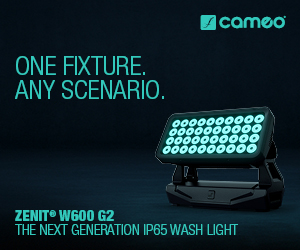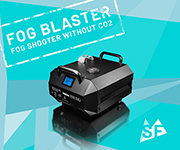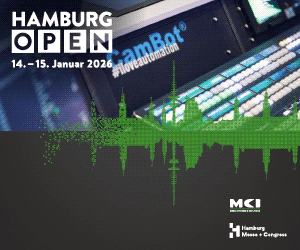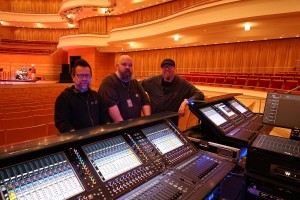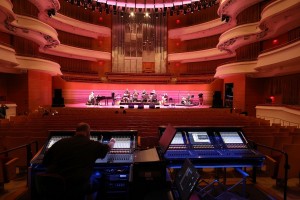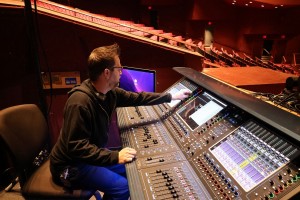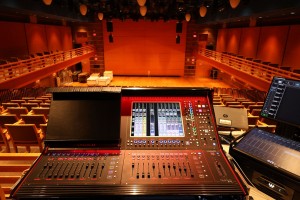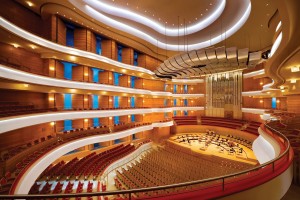Aktuelle News & Schlagzeilen
Six DiGiCo Quantum range consoles renovate campus’ audio mix infrastructure at Segerstrom Center for the Arts
The Segerstrom Center for the Arts in Costa Mesa, California, is home to the Segerstrom Hall, a 2,994-seat, opera house-style theater, the 14-acre campus’ largest facility and a venue for Broadway musicals, ballet, and other large productions. The complex also hosts the 1,704-seat Renée and Henry Segerstrom Concert Hall and the 375-seat Samueli Theater - a multi-purpose facility, for jazz, cabaret, theater, and special events - as well as the 53,000 square-foot Orange County Museum of Art.
Many organizations call the Center “home”, including the South Coast Repertory and three resident performance companies: the Pacific Symphony, the Philharmonic Society of Orange County, and the Pacific Chorale. Recently, six DiGiCo mixing consoles were installed at Segerstrom Cente. These include a Quantum225 at front-of-house in the Samueli Theater, and another installed in the control room of the Renée and Henry Segerstrom Concert Hall.
Additionally, the Concert Hall has a Quantum338 Pulse that is brought into the audience space for shows that require an in-house mix position, while a second Quantum338 Pulse serves as either a “B” console at FOH, or as a monitor console, as needed. Segerstrom Hall now similarly has a Quantum338 Pulse installed at its front-of-house mix position, with another one available for monitors. The installation, done by Apex Audio of nearby Huntington Beach, also includes seven DiGiCo SD-Racks spread across the venues, as well as four SD-Mini Racks.
John Downey, Head Audio Engineer at the Renée and Henry Segerstrom Concert Hall, jokes that their previous suite of consoles were verging on antiques. “We take very good care of them”, he says, “but it was time. Those consoles weren’t being supported anymore.” The consistency of the new Quantum operating system across all of the campus’ venues means his own staff - A1 Timothy K. Schmidt at the Samueli Theater, and Phil Harris on monitors, plus James Wilcox, Head Audio Engineer at Segerstrom Hall - can move smoothly between all of the venues as needed.
“The ability to use a single surface that operates the same in all the spaces enables our engineers to be able to go from room to room and do what they need to do without any substantial learning curve”, says Downey. “And then, to that end, everything we bought were nearly identical systems. All seven SD-Racks are identical and they can roll from space to space as needed. They’re all on HMA fiber and configured similarly.”
That same consistency also helps the staff with the wide variety of performance types hosted in these multiple venues, which can run from pop and classical music to Broadway shows to educational presentations. “Whether we need one channel or an entire console - or even two consoles for a show - everything is on the Optocore loop, as are the SD-Racks that drive my processors”, explains Downey. “That allows me to load a file without having to massively reconfigure things to accommodate whichever ‘flavor’ we’re doing at the time.”
Chris LeBer, President of Apex Audio, had pointed that capability out to Downey a year ago when the updating process was just starting. “It’s a big complex of stages and venues, and they do a lot of different types of shows, so the connectivity between the consoles was a big factor in this choice”, says LeBer. “The way Quantum is laid out and the Optocore integration make it as though it was one console for the entire campus.”
Pictured (left to right): James Wilcox, John Downey, Timothy K. Schmidt. (Photos: Chris Costea/Susie Lopez/Segerstrom Center for the Arts)
SCHLAGZEILEN
news archiv
suche
© 1999 - 2025 Entertainment Technology Press Limited News Stories

